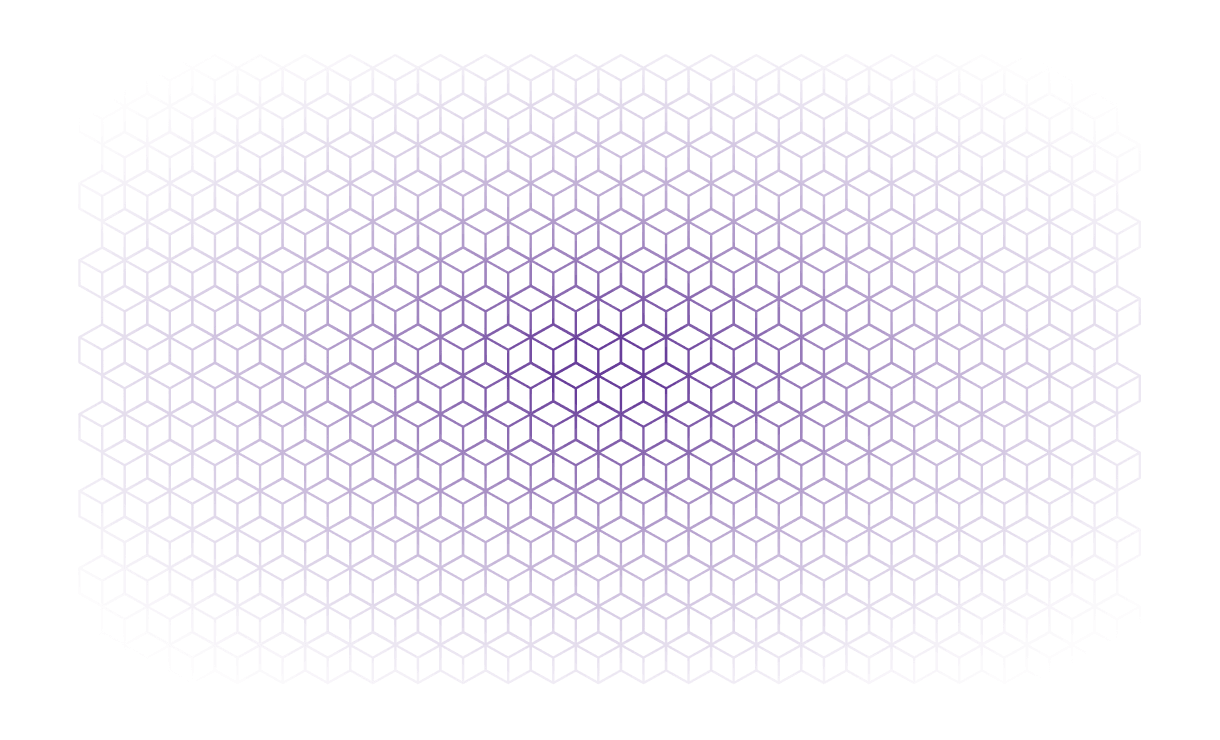Democratising Data: How data visualisation tools empower the public sector
Data is everywhere, but making sense of it and turning it into action isn’t always easy. For many professionals in government and public sector roles, accessing and interpreting complex datasets can be a barrier to making data-informed decisions. That’s where data visualisation tools come in.
What is a data visualisation tool?
Data visualisation tools translate raw data into charts, maps, and graphics that are easy to understand at a glance. For people who aren't data experts, this is a game-changer.
Visualisation tools make it possible to explore patterns, trends, and outliers without needing advanced technical data skills, democratising data and embedding its use across organisations. With the right tool, a frontline service manager can assess where new services might be needed, or a policy officer can track economic trends - all without touching a line of code.
What are the benefits of using data visualisation tools?
1) Simplify complex data
Data visualisation tools transform large and complex datasets into easy-to-understand visuals such as graphs, maps, and charts. This allows users to grasp economic trends, disparities, and patterns without needing advanced statistical knowledge.
The Smart Data Foundry Economic Wellbeing Explorer collates complex financial data into easy to understand indicators, and provides a dynamic, interactive view of these indicators by enabling users to zoom in/out between different geographical areas; for example, the proportion of overdrawn accounts in different areas.
2) Enhance decision-making
Visualisation tools help users to identify areas of increasing need or improvement quickly, enabling more informed decisions to be taken more quickly. For example, local authorities can see which areas in their care are experiencing increasingly struggling to make ends meet, or where average incomes are increasing, to target support or resources more effectively.
3) Reveal geographic and demographic patterns
Tools like the Economic Wellbeing Explorer use interactive maps to show how economic wellbeing varies by region, income group and age, and the interplay between demographics and other data such as housing energy efficiency or education. This geographic insight helps identify inequalities that may be hidden in national averages, and with a local subscription the Explorer enables users to drill down to neighbourhood level (LAD) to see the data at a highly granular level.
4) Improve communication and engagement
Well-designed visuals are more engaging than raw data tables or reports. They make it easier for researchers, journalists, and advocates to explain issues and raise awareness about economic wellbeing, leading to broader understanding and support.
One local authority have used the Economic Wellbeing Explorer to demonstrate the true extent of hidden poverty in the area to teachers in local schools, resulting in improved understanding of this issue in the classroom and a more holistic approach to delivering free school meals.
5) Clearly track impact and outcomes
Access to clear, visualised data allows users to track outcomes over time, and to see where policies are having their intended impacts and where changes may need to be made. The Economic Wellbeing Explorer also displays data in a timeseries, via which users can compare different regions over time to assess the impacts of changes that they may have made.
How is data visualisation is enhanced by access to smart data?
Whilst data visualisation has many benefits, the impact of using these tools depends on the freshness and quality of the underlying data.
Official statistics are challenged by declining survey participation rates and the provision of timely data to support informed policy making, meaning that the data often no-longer reflects the current reality by the time it is in use.
Smart data can enrich these sources, because it is real-world data, collected and updated much more regularly; we refresh the data in our Economic Wellbeing Explorer monthly, meaning those responsible for designing policy and delivering public services can see trends emerging in near real-time.
To sum up
For governments and public sector bodies, the benefits are far-reaching. When more staff can access and understand data, decision-making becomes faster, more transparent, and more grounded in evidence. It leads to better public services, improved accountability, and smarter use of resources. It also fosters a culture of collaboration, where data is not siloed with specialists but shared across teams.
Ultimately, by lowering the barriers to data use, visualisation tools help turn data into action and support a more responsive, effective, and citizen-focused public sector.
Accessing the Economic Wellbeing Explorer
The Economic Wellbeing Explorer is Smart Data Foundry's map-based data visualisation tool. Refreshed monthly with data from millions of GB bank accounts, the Explorer allows users to explore themes and trends in economic wellbeing, alongside contextual data like demographics or housing.
Access to the national and regional level is free of charge, with local level insights requiring a subscription.
Request access via myFoundry, and start exploring insights today.


See data visualisation in action with a tailored demo
Whether you're shaping policy, designing support programmes, or researching economic vulnerability, our interactive demo will show you how data-driven insights can inform decisions that make impactful change.
Arrange your demo
